A NEW SUPER CONDUCTOR- Metallic Hydrogen Finally Created
From our knowledge of basic chemistry we know that the periodic table of elements can be broadly classified into two categories which are metals and non-metals, and as we were taught Hydrogen being the first element in the periodic table is a non metal. Many believe that metallicity is an innate property of certain elements because we lack deep understanding of chemistry. Now if you say an element is metallic it simply means you are saying electrons can move freely and easily around that element, properties of metals such as conductivity result as a movement of these electrons. Non metallic elements can be made metallic under certain conditions for example elements like sulfur can be made metallic under sufficient pressure.
Back in the year 1935 some researchers predicted that hydrogen which is the simplest element in the periodic table can become metallic if the right amount of pressure is applied, binding the atoms of the element so tightly that the element could actually become metal not just having metallic properties. They went to work and made calculations and they arrived at a conclusion that for hydrogen to transit to a metallic state it would require 25 Gigapascals. The scientists who made this prediction were Eugene Wigner and Hillard Bell Huntington. Their calculations were however proven to be incorrect and from my observation I guess they made calculations based on the fact that 25 Gigapascals was high amount of pressure and there wasn't so much development in the quantum world as we have now. This is just a calculated guess as I was not there when they made calculations.
HYDROGEN The Simple But Powerful Element
Hydrogen is the first element of the periodic table, yes every element is unique in it's own way but hydrogen is very distinguishing, hydrogen is on a class of it's own, hydrogen's position in the periodic table does not indicate it's nature as it is a non metal that is positioned at the left side of the periodic table that is occupied by metals. an element which is similar to hydrogen in terms of simplicity and relative abundance is helium. These two elements combined makes up about 99% of all known matters in the universe.
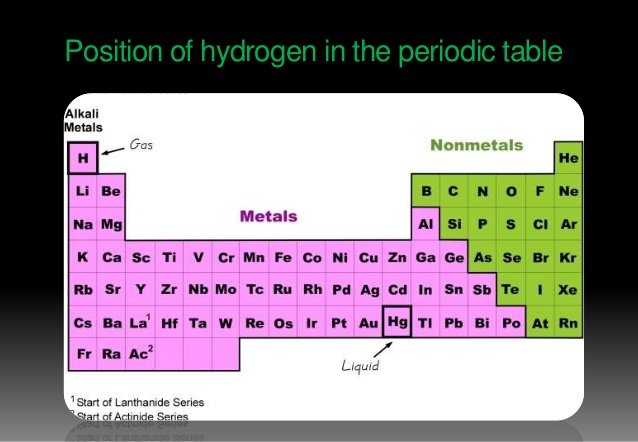
Hydrogen has the simplest atom of any element, it's atom contains just one proton and only one electron with the proton being at the center of the atom or the nucleus and the elements revolving around it. Hydrogen can be a building block for all other elements, it is like the number 1 element not just because of it's position in the periodic table alone but because it is very unique and many elements that occur in nature results from the nuclear fusion of hydrogen in the stars.
An element that seems so simple can be used for disastrous purposes, it can undergo nuclear fusion to create hydrogen bomb which is also known as fusion bomb, this was developed after the second world war and it is far more powerful than the little boy atomic bomb the United States of America dropped on Hiroshima and Nagasaki. In general it is more powerful than atomic bombs.
For all it's destructive capabilities hydrogen fusion can be harnessed for good, it can be a source for generation of good and clean fusion energy that can solve the problem of global warming but researches are still going and breakthrough discoveries are being made concerning this.
THE MODERN BREAKTHROUGH
Over 80 years after scientists first predicted that hydrogen can be transformed into a metallic state by the application of the right amount of pressure, research physicists from Harvard University led by lead researcher Prof Isaac F. Silvera were able to create metallic hydrogen in the laboratory.
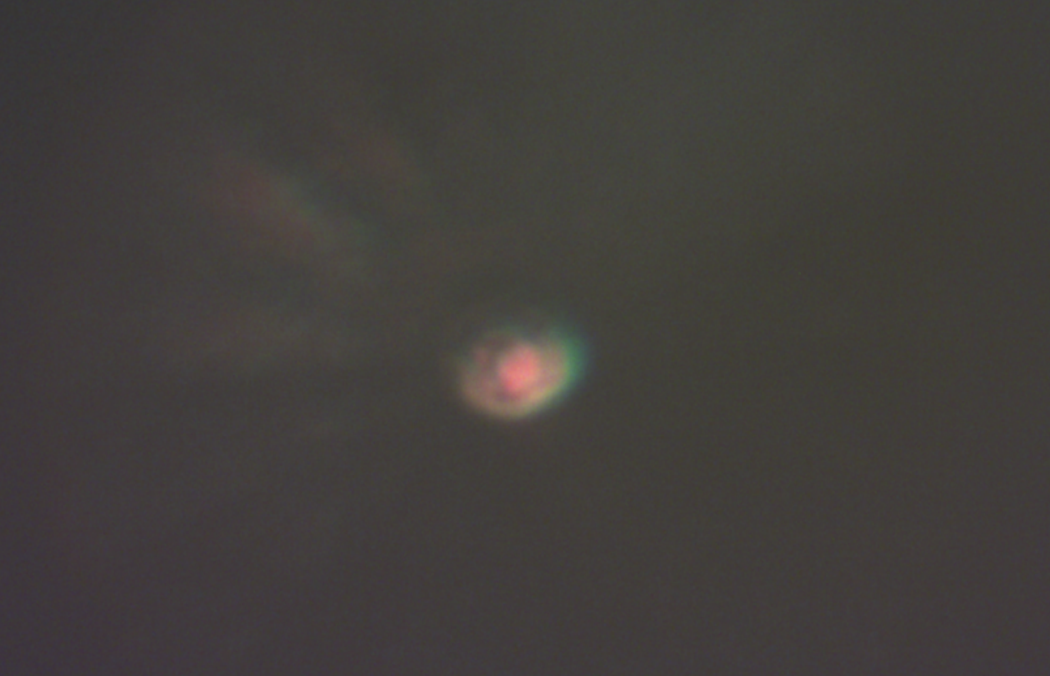
image of the metallic hydrogen created
Finally for the first ever metallic hydrogen have been created and this was in no way an easy feat to achieve, a lot of hard work and time was put into this as all other scientific breakthroughs. This task was achieved at a pressure of about 465 to 495 Gpa which is even beyond that of the earth's core which stands at 360 Gpa. This figure proves the scientists who made the prediction wrong in their calculation for pressure needed as there is a vast difference in the values. Prof. Silvera have spent over 45 years trying to create metallic hydrogen
Silvera explaining the process
"It's the first-ever sample of metallic hydrogen on Earth, so when you're looking at it, you're looking at something that's never existed before. The most exciting part is we pressurised hydrogen gas to sufficiently high pressures and we saw it convert into a metal, The hydrogen went from being transparent, to non-transparent and black, and suddenly it became lustrous," he explained. "We could actually see it become a metal."
The experiment was done using hardware known as diamond anvils. It involves placing the hydrogen sample between two diamonds that are hard enough to withstand extreme pressure and when these diamonds are forced together the pressure increases.
During different experimental trials the diamonds kept failing due to different factors and from observations the scientists brainstormed on what will be causing the diamonds to fail and they made corrections. There were different possibilities of what was causing the diamond failure, one was the diamond surface defects so the team etched the diamonds down by 5 microns to eliminate this problem, their source of light seemed to be causing failure as shinning lasers through the diamond were affecting it so they proceeded to changing the light source, there was also a possibility that the pressured hydrogen could be diffusing into the diamonds and to resolve this problem the hydrogen was cooled and a material that could absorb free hydrogen was added to the diamond anvil.
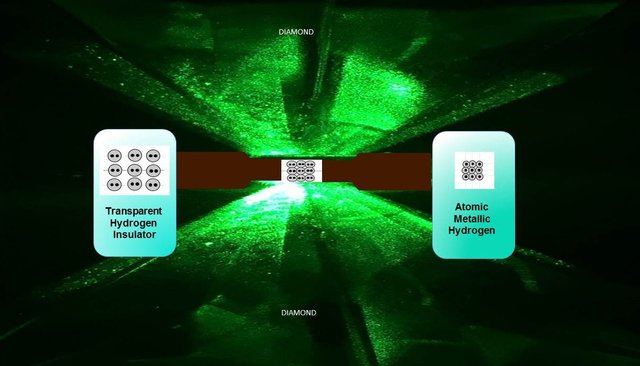
After all observed limitations have been eliminated and the hydrogen subjected to further pressure, the scientists finally saw the hydrogen sample breakdown and the clear hydrogen sample turn black and as pressure kept increasing somewhere around 465 to 495 Gigapascal the hydrogen sample turned reflective which indicates that it had turned into a metal because reflection is a basic property of metals. However the scientists could not find a way of determining if the substance believed to be metallic hydrogen was solid or liquid. Based on theoretical calculations it is believed that the metallic hydrogen will be solid but there was no way to prove it other than knowing that the metallic hydrogen was about 15 times denser than the hydrogen sample that they initially placed into the anvil.
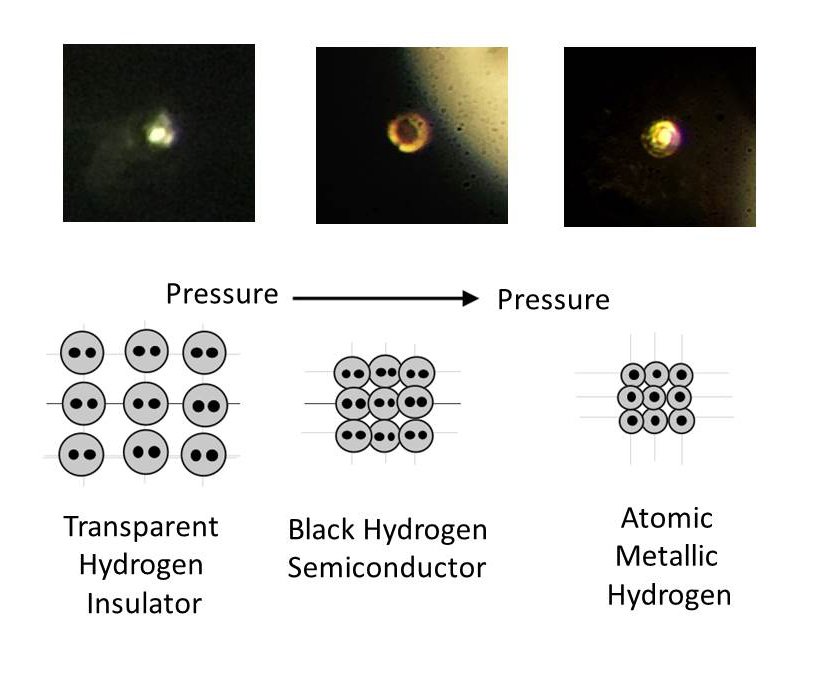
METALLIC HYDROGEN A SUPERCONDUCTOR A NEW SOURCE OF POWER?
"let's say you could make wires out of superconducting metallic hydrogen, then if you transport energy we would have no dissipation because we don't have resistance. Right now in our electrical grid we lose energy just by heating up the wire during transmission."
prof. Silvera
Another scientist in the Silvera team Ranga Dias speaking on the creation of the metallic hydrogen and the impact it would have gave different explanations. Dias made mention of how the creation of metallic hydrogen can revolutionize rocketry and space travel. He explained that metallic hydrogen would become the most powerful rocket fuel/propellant known to man and it will be far more powerful than the existing ones we have currently. It is even speculated that NASA partly funded the team's research as a major breakthrough will benefit the space organization.
According to Dias the existence on metallic hydrogen could lead to creation of a superconducting magnetic storage which will be capable of maintaining persistent currents in superconducting coils which will be very useful in electricity production. It would give stability in power grids when power sources such as wind and solar which produces electricity intermittently are used.
With all the buzz around this breakthrough we would still need to be patient for a long while because it hasn't been ascertained if the metallic hydrogen will remain a metal under room temperature when the pressure is released. This is definitely a right step in the right direction.
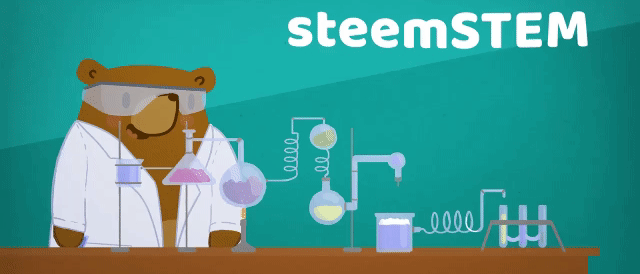
THANKS FOR READING
This is a test comment, notify @kryzsec on discord if there are any errors please.
Being A SteemStem Member
Amazing post
This discovery is great.
There are *ENORMOUSLY powerful implications to this research, not just in the semi- and superconductivity, but the probability that metallic hydrogen can be formed in solid materials under the correct (and nothing near as exotic as the 465 GPa macro-environment) conditions...a phase change in a metal, for instance, with micro- or nano-cavities...
One application could be to use these super conductors for fusion reactors to produce high magnetic fields which will drastically reduce the size of existing huge size fusion reactors. Great article. I loved reading it.